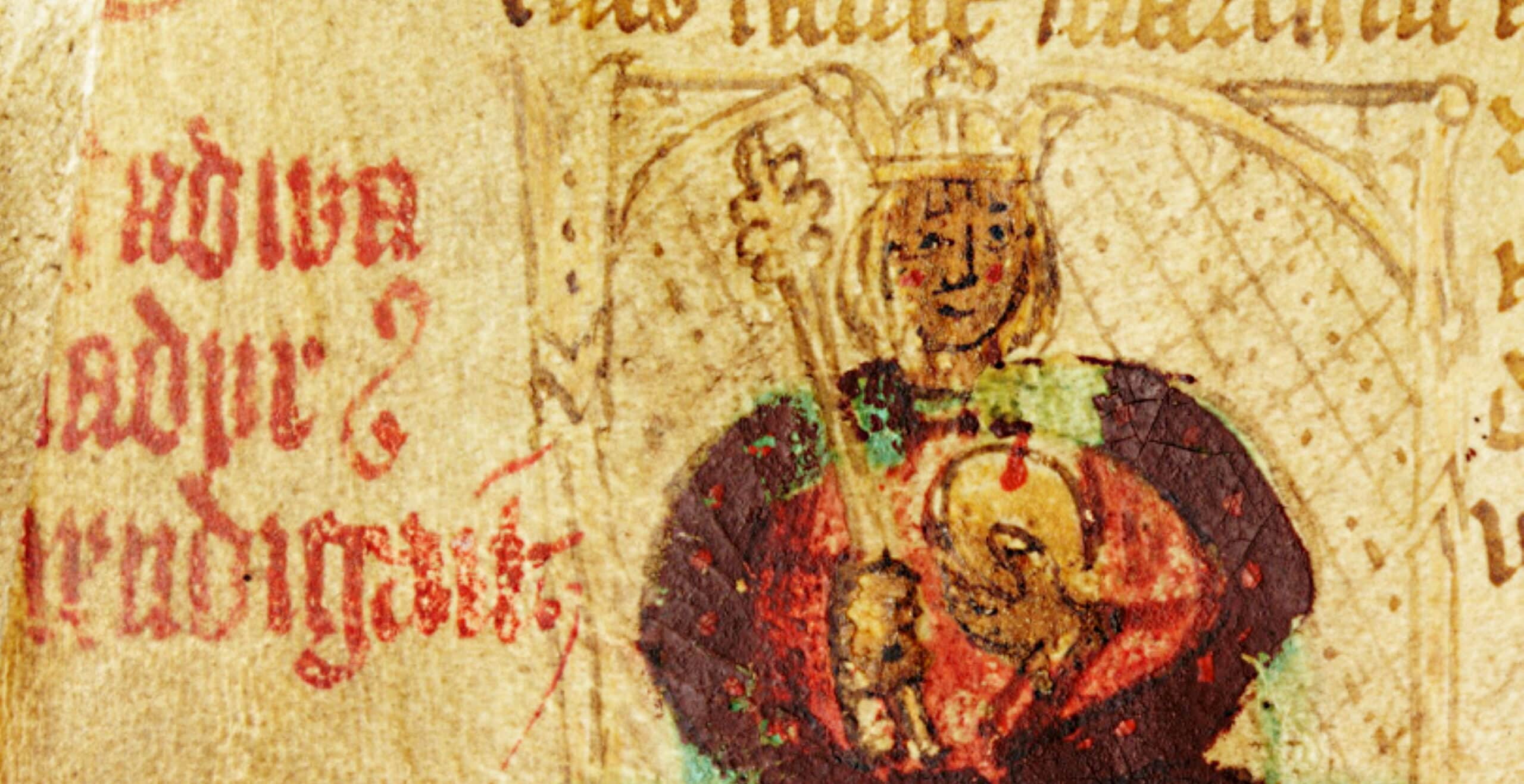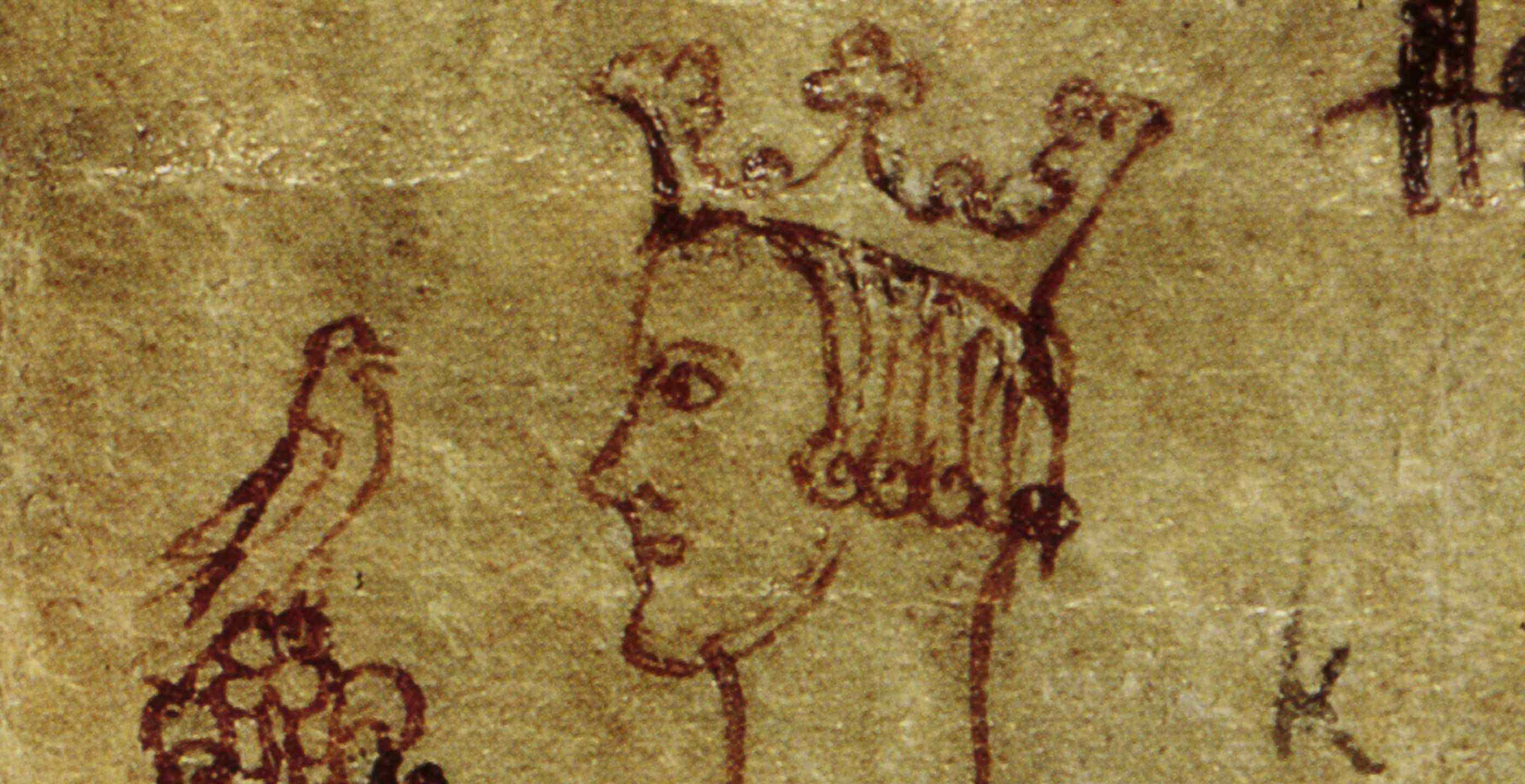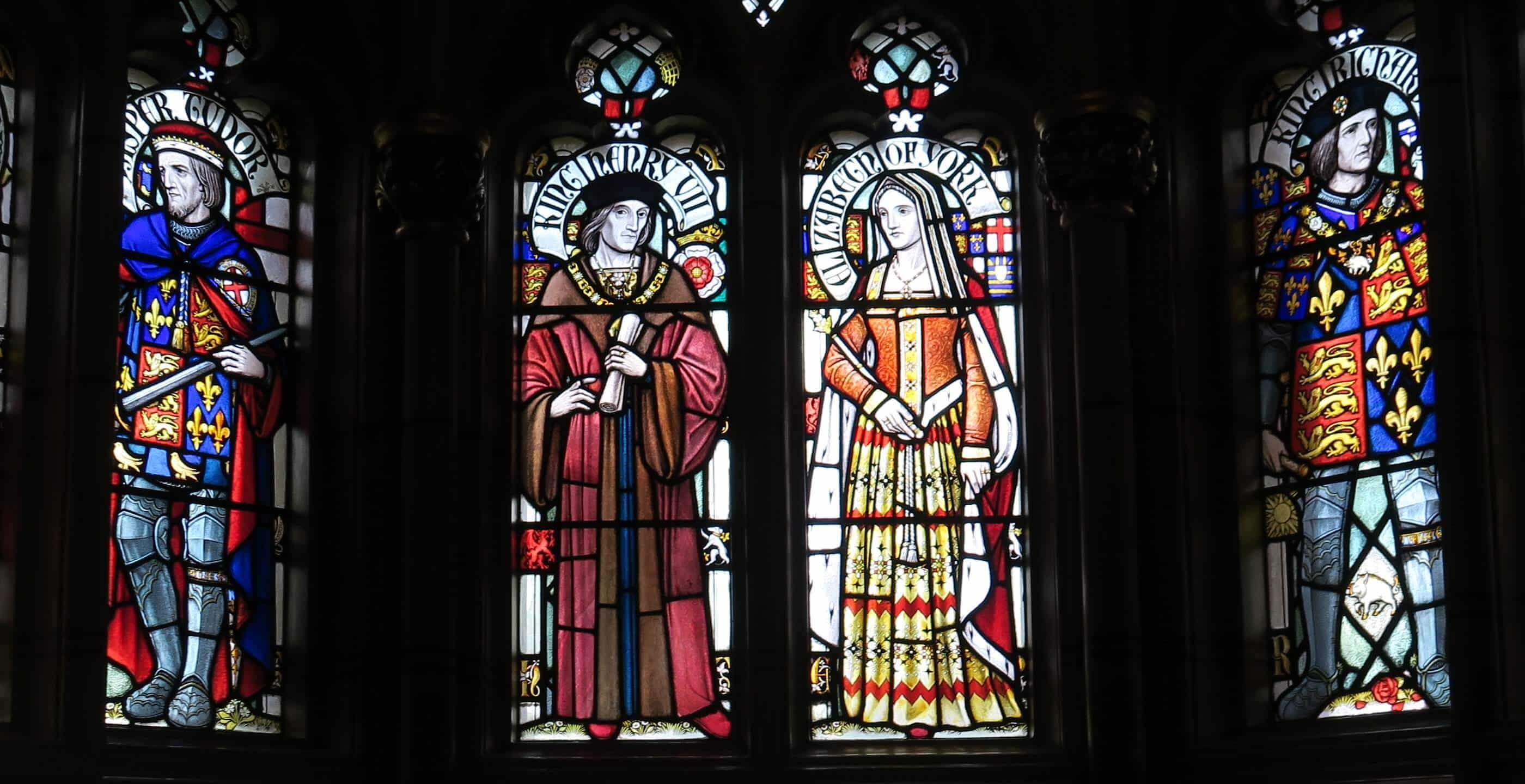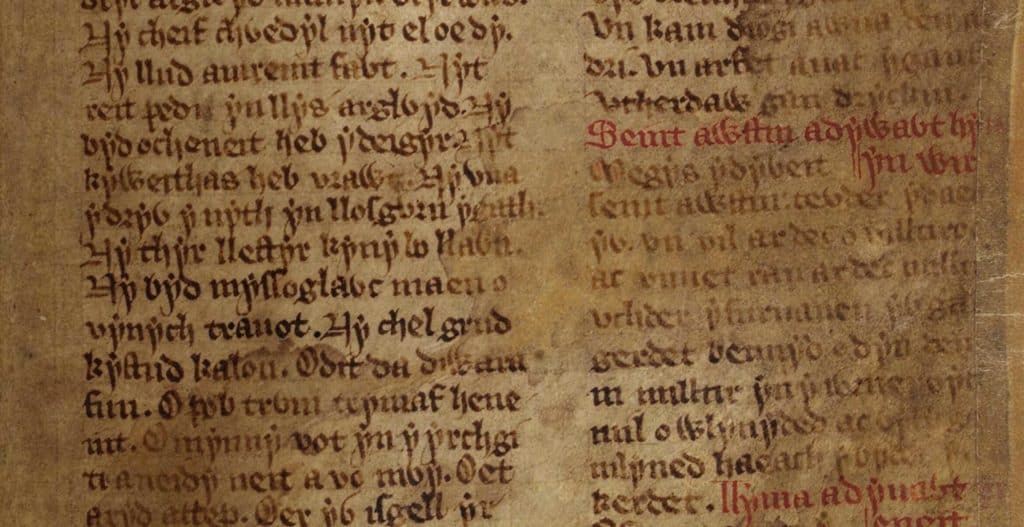Brut Y Tywysogion or the Chronicles of the Princes of Wales in English, is one of the most important sources regarding the history of Wales prior to its conquest by King Edward I.
The ‘Brut’ contains historical information concerning the rulers of the Welsh kingdoms of Gwynedd, Powys and Deheubarth, while also including information and events concerning England, Scotland, Ireland and briefly France.
The earliest entries are brief, usually recorded deaths and natural events such as eclipses, earthquakes and plagues, however the later entries are much more detailed. Ecclesiastical events are also mentioned, such as the bringing the date of celebrating Easter in the Welsh church in line with the church in Rome due to Elbodus (Elfodd), the bishop of Bangor in 768AD. Also included in the ‘Brut’ are entries including romances, popular tales and poems.
The ‘Brut’ is a translation of a lost Latin text, The Cronica Principium Wallie. The Latin Cronica was in turn based on various annals that were kept in churches and monasteries throughout medieval Wales.
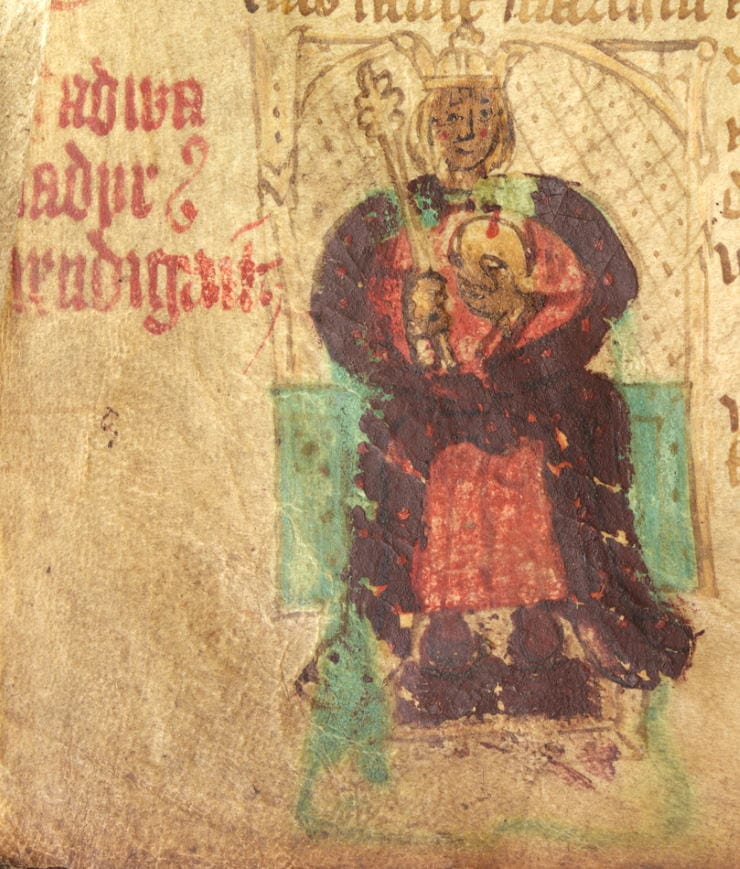
The ‘Brut’ begins with the death of Cadwaladr Fendigaid (Cadwaladr the Blessed) an historic King of Gwynedd in 682AD, where Geoffrey of Monmouth’s ‘Historia Regum Britanniae’ (History of the Kings of Britain) ends, and finishes with the death of Llywelyn ap Gruffydd in 1282. It can be considered a continuation of Geoffrey of Monmouth’s History of the Kings of Britain.
There are two main versions of the ‘Brut Y Tywysogion’; the version in the Red Book of Hergest and the Peniarth Version 20. The version included in the Red Book of Hergest (Llyfr Coch Hergest), kept in the Bodleian Library in Oxford, is considered less complete compared to its Peniarth cousin, which is considered more accurate.
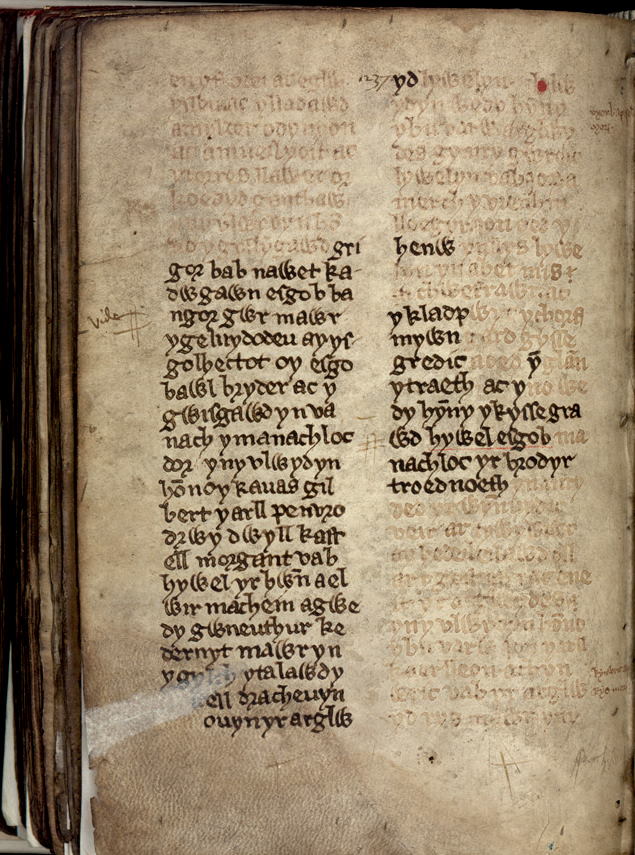
In the Peniarth version, kept at the National Library of Wales, two or three later authors added additional entries for the years between 1282-1332 to the main text. A number of other versions of the ‘Brut’ use the Peniarth version as a source, including the Black Book of Basingwerk.
It is not known who is the original author of the ‘Brut’, but evidence does suggest that he was a Welshman due to the fact that he made significant use of Welsh proverbs and sayings. Like Gildas, Geoffrey of Monmouth and Gerald of Wales, the author considers the issues facing the Welsh as divine punishment for their sins. Due to the large number of references to Strata Florida, a Cistercian abbey in Ceredigion, it can be assumed that the original ‘Brut’ was created there.
Brut Y Tywysogion is considered one of the most important sources of Welsh medieval history before the conquest of Wales by the English Crown. Its detailed insight into the Welsh historical record, as well as the thorough records of ecclesiastical and natural events, is a vital insight for historians and students of Welsh history into the life and world of medieval Wales prior to its conquest by King Edward I.
By Siôn Williams who enjoys all things old and historical.
Published 6th July 2023
